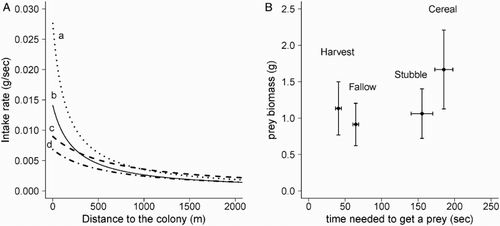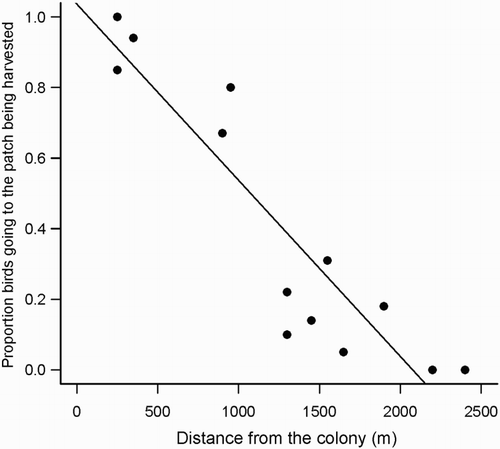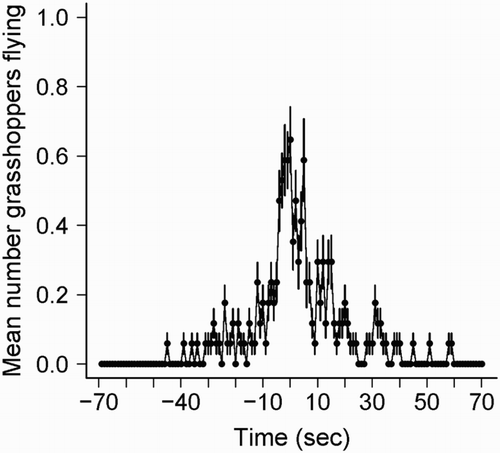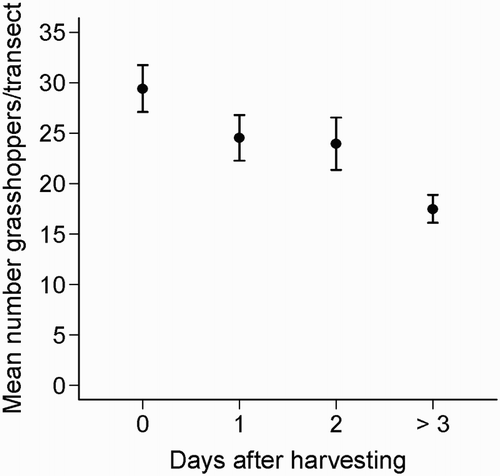Figures & data
Figure 1. Foraging habitat selection of Lesser Kestrels before and after the beginning of harvest in (a, b) Belver and (c, d) Pardieiro colonies, respectively. Bars represent the percentage of available (white) and used (grey) habitats by foraging Lesser Kestrels. Significant values for selection (+) and avoidance (−) according to the Savage Selectivity Index are shown (* P < 0.05; ** P < 0.01; *** P < 0.001).
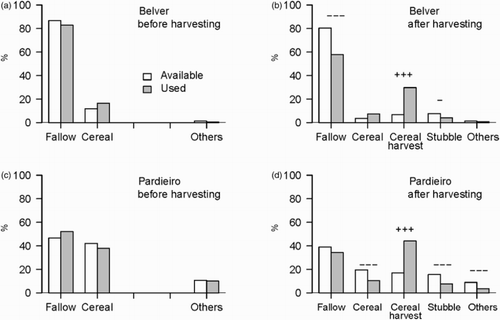
Table 1. Values of Savage Selectivity index (ωi), standard error (se) and significance level (P) for each habitat used by Lesser Kestrels around the two studied colonies before and after the beginning of the harvested season. Standardized Selection Indices (Bi) > 0.20 and 0.33 (1/number of habitats) for the periods before and after harvesting, respectively, indicate preference.
Figure 2. Shift of directions in departures from the colony before and after the beginning of harvesting. Observations were performed in three different days of June ca. 1 hour before and 1 hour after the beginning of harvesting (n = 546). The harvest machine was located north to the colony.
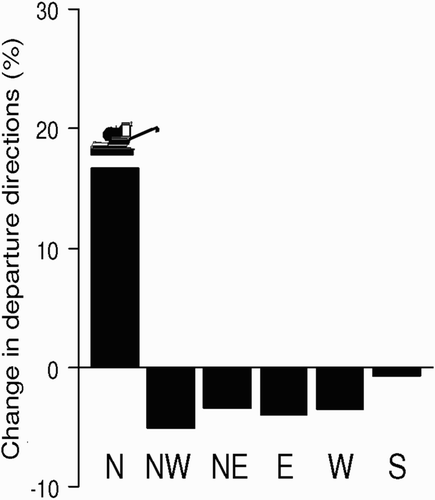
Figure 3. Arrival pattern of foraging Lesser Kestrels to a patch before, during and after harvesting. Time zero represents the start of harvesting and the grey rectangle defines the harvesting period. Dots show the number of foraging Lesser Kestrels counted every 3 minutes in patches half harvested and include three situations: with no working machinery (white dots), with a machine bailing cereal straw in the area harvested the previous day (grey dots) and with a harvesting machine (black dots).
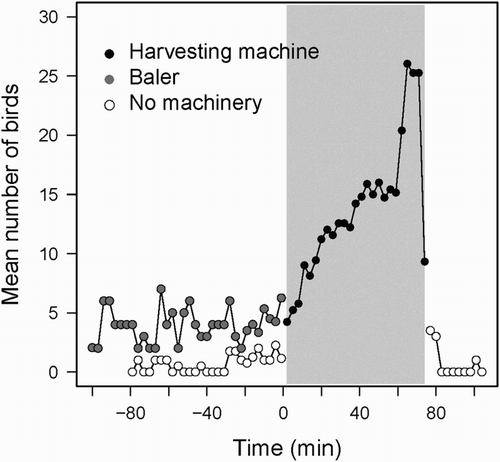
Figure 4. (A) Expected intake rate in the main habitats according to the distance of foraging patches from the colony: (a) patches being harvested, (b) fallow, (c) cereal and (d) stubbles and (B) mean time to obtain a prey (± se) and prey biomass (min–max).
